Winter is the perfect time to lay the groundwork for a thriving, beautiful garden in the months ahead. By incorporating strategic winter garden preparation techniques, you can protect your plants, enrich your soil, and design a landscape that flourishes come spring.
From mulching and pruning to planning new planting schemes, winter preparation ensures your garden remains vibrant and healthy throughout the colder months.
In this guide, we’ll explore essential tips and techniques to prepare your garden for winter, ready to withstand winter’s challenges and burst into life when the season changes.
Winter Garden Preparation: How to Keep Your Plants Safe This Season
Assessing Your Garden’s Winter Vulnerabilities
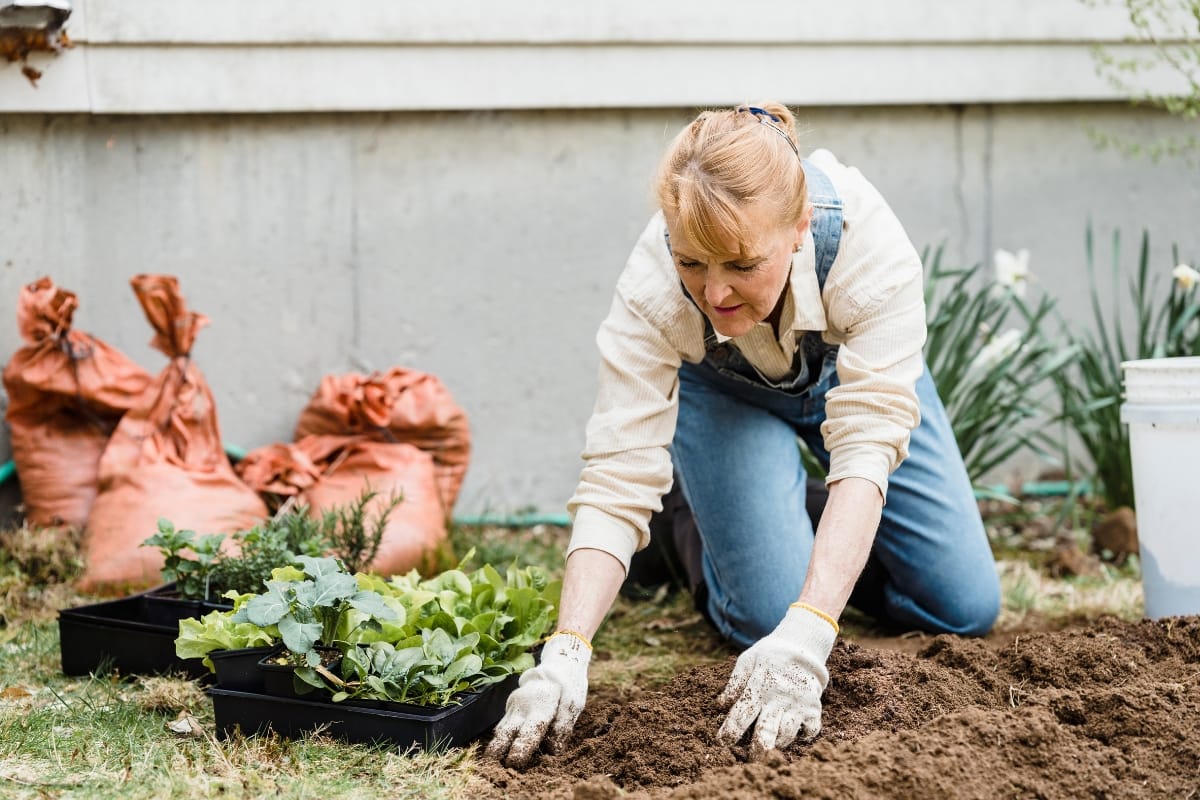
Before preparing your garden for winter, it’s essential to evaluate its unique vulnerabilities. By understanding the challenges your outdoor space might face during colder months, you can create a targeted plan to protect your plants and maintain the garden’s health and beauty.
Start by examining the layout and environment of your garden. Identify areas that are exposed to harsh winter winds or prone to frost, such as open spaces or shaded corners.
Similarly, look for low-lying areas where water tends to collect, as pooling water can lead to root rot or soil erosion. Taking stock of these trouble spots enables you to implement protective measures, such as windbreaks, frost cloths, or improved drainage solutions.
Next, evaluate the plants in your garden. Some species, like evergreen shrubs or native perennials, are naturally hardy and can withstand colder temperatures with minimal intervention. Others, such as tropical plants, annuals, or tender perennials, are more sensitive to frost and may require mulching, wrapping, or even relocation to sheltered areas. Make a list of these vulnerable plants and prioritize their care.
Don’t overlook garden soil health when assessing vulnerabilities. Winter rains or snow can compact soil, reducing its ability to drain properly. Consider performing a soil test to ensure its composition can support plant health through the winter. Amending with organic matter or mulch can improve insulation and moisture retention.
Lastly, assess garden infrastructure, such as raised beds, irrigation systems, and trellises. Ensure they are in good condition and make repairs if needed. Draining and insulating hoses and sprinklers can prevent damage from freezing temperatures.
By thoroughly assessing your garden’s weaknesses, you’ll be well-equipped to address potential problems and implement effective solutions. This proactive approach not only safeguards your plants but also lays the foundation for a thriving garden when spring arrives.
Choosing the Right Winter Plants
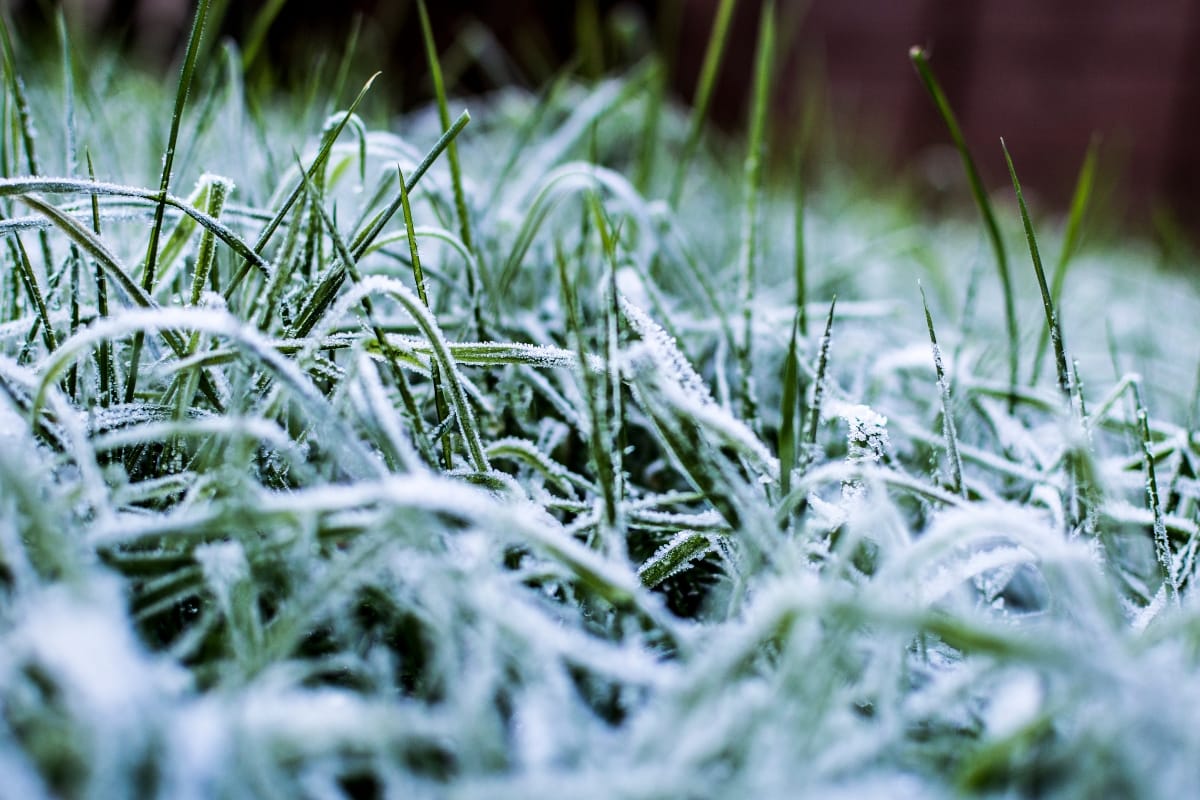
A key aspect of successful winter garden preparation is selecting the right plants that can thrive in colder temperatures. While many people associate gardens with vibrant blooms and lush foliage, there are actually numerous plant varieties that can withstand even the harshest winter conditions.
Look for plants that are known for their cold hardiness, such as evergreen shrubs, ornamental grasses, and winter-blooming flowers. These resilient species will not only survive but also add beauty and interest to your winter landscape.
In addition to cold hardiness, consider choosing plants with interesting textures or colorful bark. These features can provide visual interest during the dreary winter months when most other plants have gone dormant.
When selecting winter plants, also pay attention to their water requirements. While it may seem counterintuitive, some plants actually need less water during the winter. Opting for drought-tolerant varieties can help minimize the risk of overwatering and potential damage.
Implementing Soil Enrichment Strategies
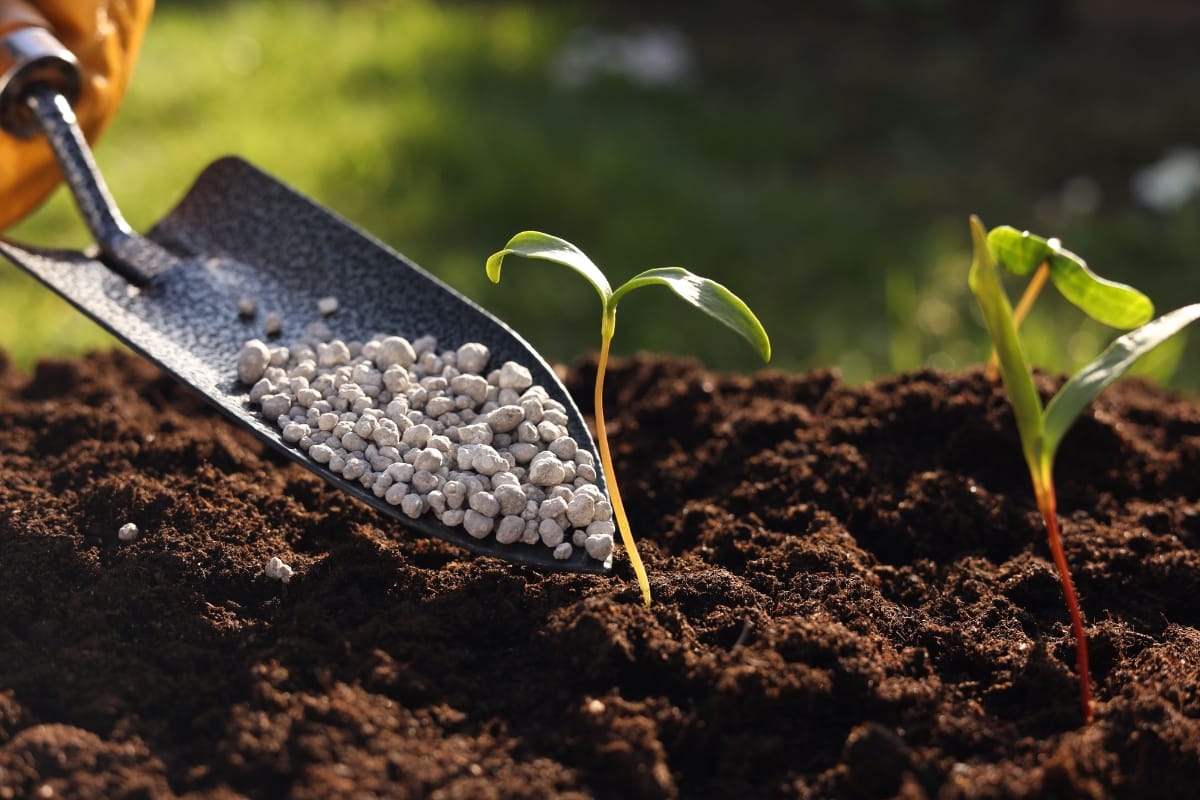
Healthy soil is the backbone of a thriving garden, and preparing it for winter is essential for long-term plant success. By implementing soil enrichment strategies before the cold months set in, you can ensure that your garden has a robust foundation to support growth when spring arrives.
- Start with a Soil Test: A soil test is the first step in understanding your soil’s composition, pH level, and nutrient deficiencies. Home testing kits or professional services can provide insight into whether your soil is too acidic or alkaline and highlight any missing nutrients. With this information, you can make targeted amendments to create the ideal growing conditions for your plants.
- Incorporate Organic Matter: Enhance your soil’s fertility and structure by mixing in compost, well-rotted manure, or leaf mold. These organic materials not only provide essential nutrients like nitrogen, phosphorus, and potassium but also improve the soil’s ability to retain moisture. This is especially crucial in winter when frozen ground can hinder water absorption.
- Maintain Good Drainage: Waterlogged soil can suffocate roots and encourage rot. If your garden struggles with drainage, consider incorporating sand or perlite into heavy clay soils. Raised beds or trenches can also help redirect excess water.
By investing time in enriching and protecting your soil during winter, you’ll create the perfect conditions for a flourishing garden in the growing season ahead. Healthy soil not only benefits plants but also promotes a thriving ecosystem underground.
Protecting Delicate Plants from Frost
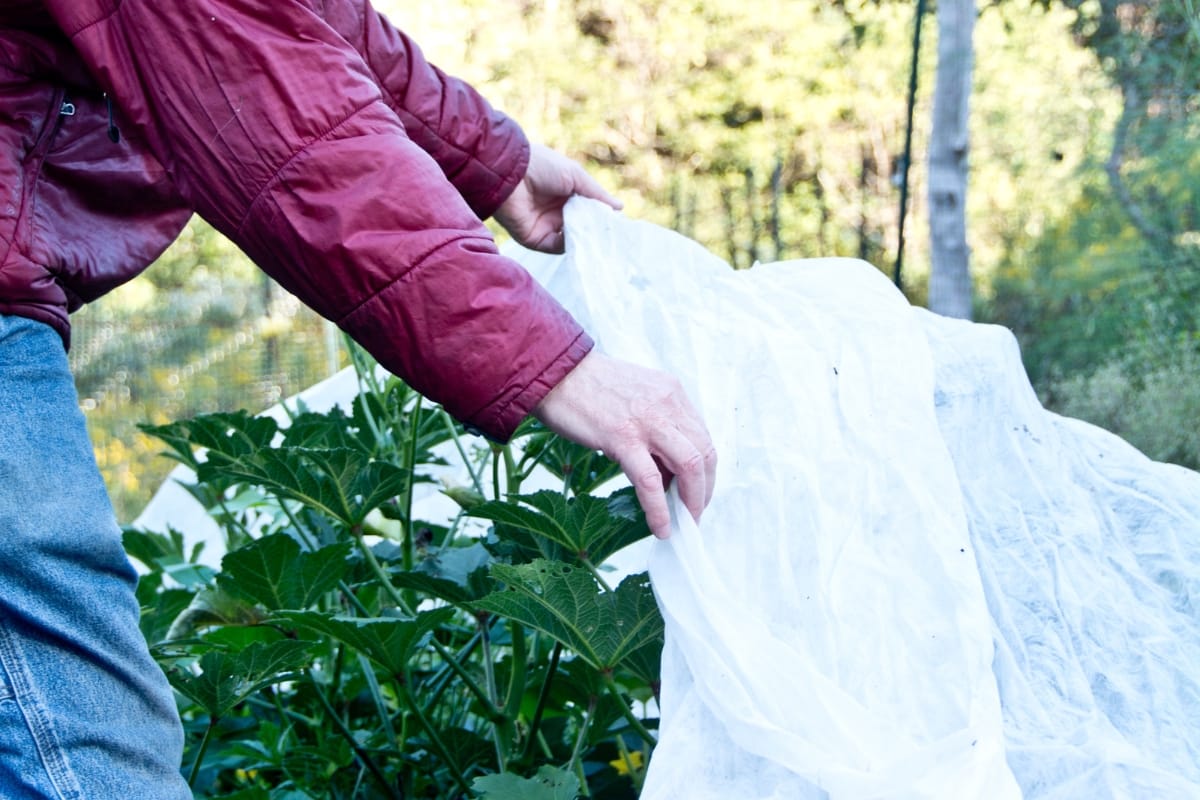
Frost is one of the most significant challenges for gardeners during the colder months, particularly for delicate plants that lack natural resistance to freezing temperatures. With thoughtful preparation and the right protective measures, you can minimize frost damage and keep your garden thriving.
- Use Frost Blankets and Row Covers: Frost blankets or row covers are essential tools for protecting delicate plants. Made from lightweight, breathable fabric, these covers act as a protective shield, trapping heat from the soil and creating a warmer microclimate around your plants. Ensure that the fabric is securely anchored to the ground to prevent cold air from seeping underneath. Remove the covers during the day if temperatures rise, allowing sunlight to reach the plants and prevent overheating.
- Insulate Potted Plants: For potted plants that are too large to move indoors, insulation is key. Wrap the pots with burlap, bubble wrap, or even old towels to protect the root systems from freezing. Elevating pots off the ground can also help prevent cold from seeping up into the soil. Grouping pots together in a sheltered area, such as against a south-facing wall, can further shield them from frost and wind exposure.
- Water Before Frost Hits: Surprisingly, well-watered plants are more frost-resistant than dry ones. Watering your plants before an expected frost can help stabilize soil temperatures because moist soil retains heat better than dry soil. However, avoid overwatering, as waterlogged roots can become more vulnerable to freezing.
By combining these strategies, you can significantly reduce the impact of frost on your garden, ensuring that your delicate plants not only survive but also continue to thrive when spring arrives.
Creating Winter-Friendly Hardscaping Features

Hardscaping features are the backbone of a garden’s design, providing structure and visual interest even when plants are dormant. By incorporating winter-friendly hardscaping elements, you can transform your outdoor space into a year-round haven of beauty and functionality.
- Incorporate Eye-Catching Pathways and Borders: Stone or brick pathways are not only practical for navigating your garden during winter but also add a timeless charm. Laying out paths in creative patterns can elevate the aesthetic appeal of your space, and using materials like flagstone or frost-resistant concrete ensures durability. Adding borders with winter-hardy plants or gravel edging further defines the pathways and contributes to a polished look.
- Enhance with Decorative Walls and Structures: Decorative retaining walls or freestanding stone structures provide an excellent way to add texture and height to your winter garden. These features can double as windbreaks or barriers, offering protection to delicate plants. Consider integrating vertical elements like trellises or pergolas, which can be adorned with frost-resistant vines or lights for added appeal.
- Opt for Resilient Materials: When selecting materials for your hardscaping, durability is key. Freeze-thaw cycles can wreak havoc on porous or fragile surfaces, so prioritize materials like granite, basalt, or treated concrete. These options resist cracking and maintain their integrity through temperature fluctuations.
- Combine Functionality with Aesthetics: Lighting is an often-overlooked aspect of winter hardscaping. Solar-powered or low-voltage LED lights can illuminate pathways, highlight structures, and enhance safety. Additionally, integrating elements like benches with built-in storage can provide both utility and elegance, offering a place to keep winter gardening tools accessible.
By blending durability with beauty, winter-friendly hardscaping features create a landscape that remains engaging and functional all year long. These additions not only stand up to harsh conditions but also enrich your outdoor experience, making winter in your garden a season to celebrate.
Utilizing Mulch and Protective Coverings
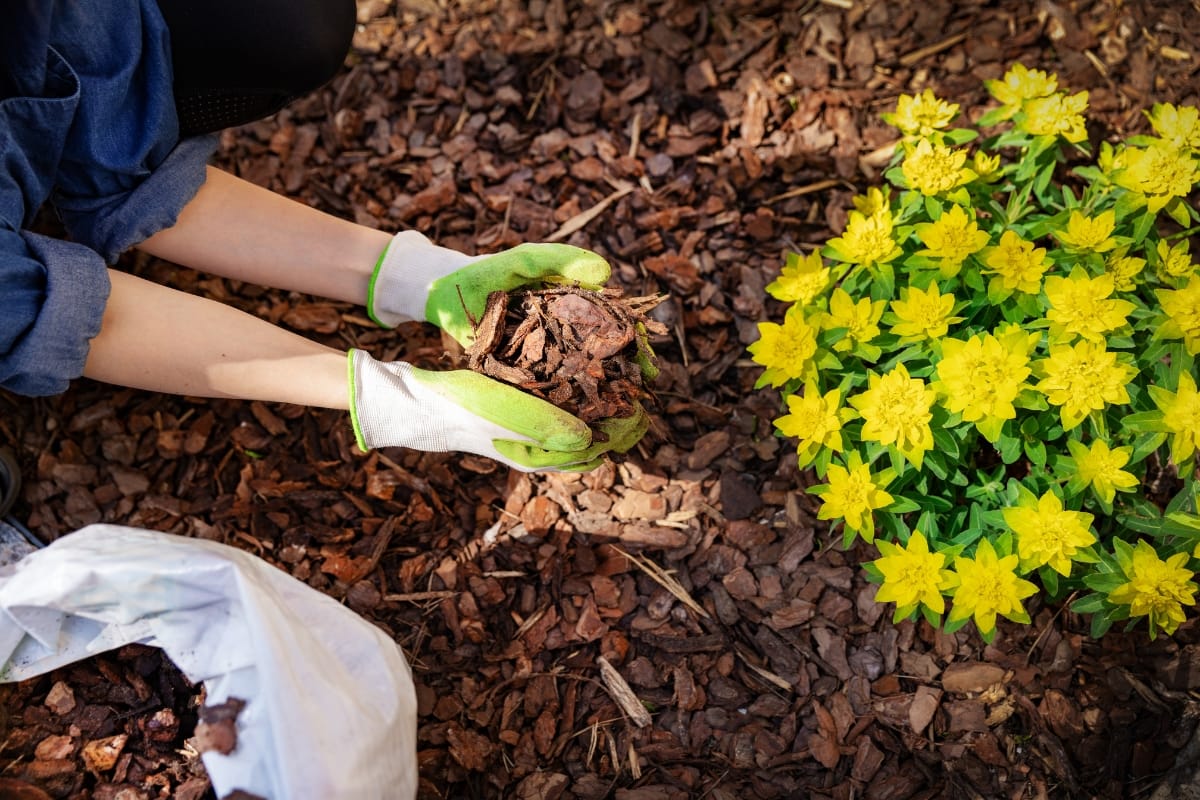
Mulch is an indispensable tool for gardeners, offering much more than weed suppression. During winter, it becomes a protective barrier that shields plant roots from harsh weather conditions and promotes soil health.
- Insulating Plants with Mulch: Applying a thick layer of mulch—about 2-4 inches—around the base of your plants helps stabilize soil temperatures, preventing root damage caused by freezing and thawing cycles. Organic mulches such as wood chips, bark, or shredded leaves are excellent choices because they gradually break down, enriching the soil with nutrients. Mulch also helps retain soil moisture, which is crucial during the drier winter months when evaporation rates are lower.
- Preventing Frost Heaving: Mulch plays a key role in minimizing frost heaving—a phenomenon where soil expands and contracts due to temperature fluctuations, potentially uprooting plants. By maintaining consistent soil temperatures, mulch reduces this risk, keeping your plants securely in place.
- Additional Protective Layers: For particularly delicate plants, consider adding straw, pine needles, or even dried grass clippings as an extra insulating layer. These natural coverings provide warmth while allowing essential airflow to prevent mold and mildew. When using materials like straw, ensure it’s spread loosely to avoid compacting, which could restrict air circulation.
- Strategic Placement: Focus on mulching areas most vulnerable to winter stress, such as young shrubs, flower beds, or newly planted trees. For potted plants, surround containers with mulch to insulate them from cold air exposure.
By using mulch and natural protective coverings effectively, you create a stable and nourishing environment for your plants, ensuring their health and resilience through winter’s challenges. This simple yet impactful step prepares your garden to thrive once the warmth
Incorporating Winter Watering Techniques
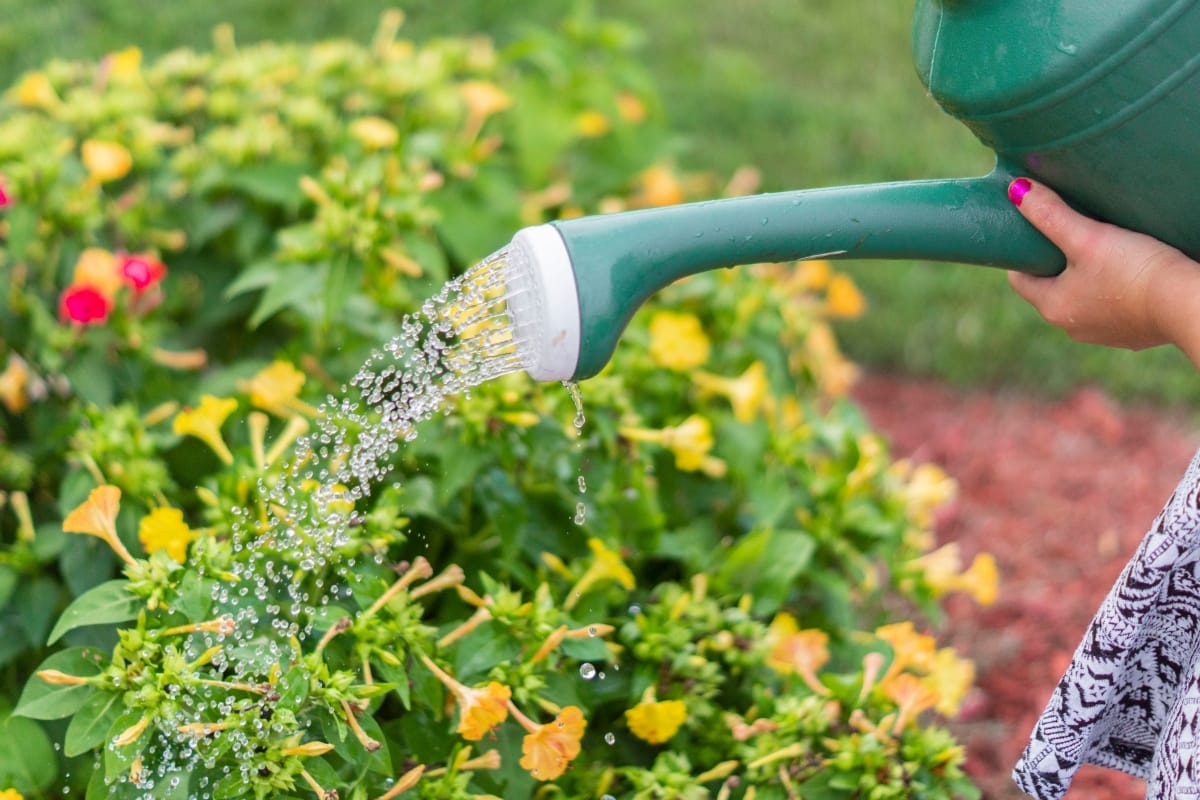
Proper watering during winter is essential for maintaining plant health and ensuring your garden survives the colder months. Although plants generally require less water during this season, neglecting their moisture needs can lead to stress and long-term damage.
- Deep and Infrequent Watering: A key winter watering strategy is to water deeply but less frequently. This method encourages the development of deep root systems, which are better equipped to access water during dry periods and withstand freezing temperatures. Shallow watering can leave roots exposed to the cold, while deep hydration promotes resilience.
- Timing Matters: Watering in the early morning is ideal during winter. Early watering allows plants to absorb moisture before temperatures drop further in the evening, preventing water from freezing on the surface or around the roots. This practice also minimizes the risk of fungal diseases, as the water has time to evaporate from leaves during the day.
- Adjusting for Dormancy and Weather: Keep in mind that many plants enter a dormant state during winter and require less water than in the active growing season. Always monitor your garden’s specific needs and adjust watering accordingly. After rainfall or snow, check the soil to ensure it’s not overly saturated, as this can lead to root rot.
- Improving Drainage: Proper drainage is critical in winter. Poorly drained soil can become waterlogged, making roots more vulnerable to freezing and disease. To combat this, consider amending your soil with organic matter like compost or installing raised garden beds to improve water flow. In areas prone to heavy rainfall, adding sand or gravel can further enhance drainage.
- Special Considerations for Potted Plants: Potted plants are particularly vulnerable to winter dryness as containers dry out faster than garden beds. Protect them by grouping pots together in a sheltered location and watering sparingly to maintain slight moisture without oversaturating the soil.
By adopting these winter watering techniques, you can provide your plants with the necessary hydration to endure cold weather while preventing common issues like root rot or frost damage. Proper watering sets the foundation for a healthy, vibrant garden come spring.
Monitoring and Adjusting Your Winter Garden Plan
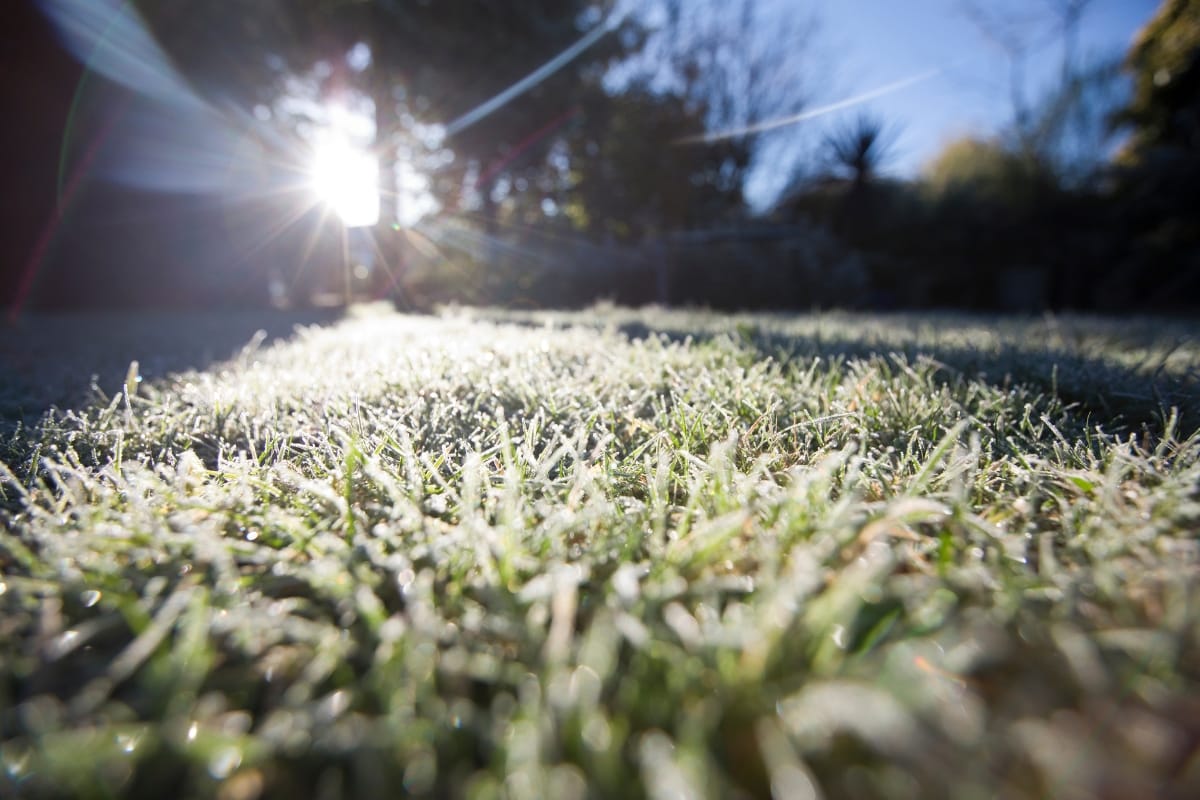
Monitoring your winter garden is essential to ensure that plants thrive despite the season’s challenges. Regular checks allow you to identify issues early and make necessary adjustments to keep your garden healthy and resilient.
- Keep an Eye on Plant Health: Observe your plants closely for signs of stress, such as discoloration, wilting, or damage from frost. If issues arise, address them promptly by providing extra insulation, adjusting watering schedules, or relocating delicate plants to sheltered spots. For example, frost-sensitive plants may benefit from being temporarily moved to a greenhouse or under a protective structure.
- Adjust for Weather Changes: Winter weather can be unpredictable, with temperature swings and unexpected storms. Stay informed about local forecasts and adapt your care routine accordingly. During prolonged cold snaps, consider adding extra layers of insulation or temporary covers. Conversely, during unseasonably warm periods, ensure proper ventilation to prevent overheating or mold growth under coverings.
- Evaluate Long-Term Strategies: Winter gardening provides an excellent opportunity to assess the effectiveness of your methods. Take note of what works well and what needs improvement for future seasons. Documenting your observations can help refine your approach and enhance your garden’s performance year after year.
By actively monitoring and adjusting your winter garden plan, you’ll create a dynamic and responsive environment that supports plant health. This proactive approach not only safeguards your garden during the cold months but also sets the stage for a flourishing landscape in spring.
Conclusion: Embracing the Beauty of a Well-Prepared Winter Landscape
Strategic winter garden preparation can transform your landscape into a breathtaking oasis even during the coldest months of the year. Embrace the unique challenges of winter gardening and unlock the hidden potential of your outdoor space.
Preparing your garden for winter is the first step to ensuring a vibrant and thriving landscape when spring arrives. With the right landscaping services and expert guidance, you can protect your outdoor spaces and set the stage for a stunning transformation. Choose Glover Landscapes to help you craft the perfect winter garden strategy. Call us at (404) 510-6437 or visit our website to request a free estimate for your landscaping project today. Let’s turn your outdoor vision into reality, season after season!


